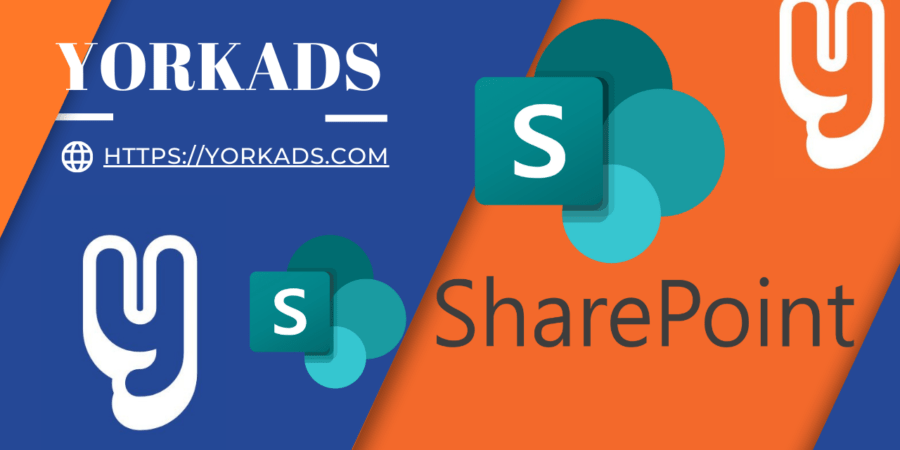SharePoint is a domain associated with Microsoft SharePoint, a web-based collaboration and document management platform developed by Microsoft. SharePoint is widely used by organizations for a variety of purposes, including document storage, team collaboration, intranet portals, and workflow management.
Key Features and Functionality:
- Document Management:
- Document Libraries: SharePoint provides centralized storage for documents and files, allowing for version control, check-in/check-out, and detailed metadata.
- File Sharing and Permissions: Users can share files and folders with specific individuals or groups and set permissions to control access levels.
- Collaboration:
- Team Sites: SharePoint allows the creation of team sites where members can collaborate on projects, share documents, and communicate effectively.
- Lists and Libraries: Users can create custom lists and libraries to manage various types of information, such as tasks, contacts, and events.
- Intranet and Portals:
- Intranet Sites: Organizations use SharePoint to build intranet sites that serve as internal communication hubs, providing news, announcements, and resources.
- Corporate Portals: SharePoint can be used to create corporate portals that aggregate information and provide a single point of access for employees.
- Workflow Automation:
- Workflows: SharePoint supports workflow automation to streamline processes like document approval, task assignment, and notifications. This can be achieved through built-in workflows or custom solutions.
- Integration with Microsoft 365:
- Seamless Integration: SharePoint integrates closely with Microsoft 365 (formerly Office 365) applications, such as Microsoft Teams, OneDrive, and Outlook, enhancing productivity and collaboration.
- Microsoft Power Platform: Integration with Power Automate and Power Apps allows for advanced workflow automation and custom app development.
- Customizability:
- Web Parts and Apps: SharePoint allows users to customize sites using web parts and apps, which can be tailored to meet specific needs and business requirements.
- Development: Developers can build custom solutions and extensions using SharePoint Framework (SPFx), SharePoint Add-ins, and other development tools.
- Search Functionality:
- Enterprise Search: SharePoint provides robust search capabilities that allow users to find documents, people, and information across the platform using keywords and metadata.
- Security and Compliance:
- Access Control: SharePoint offers granular security features, including user roles and permissions, to control access to content and sites.
- Compliance Tools: It includes tools for data governance, auditing, and compliance with regulations.
SharePoint Specifics:
- SharePoint serves as a central resource for information about SharePoint, including product details, support, and resources for users and administrators.
- Access: Typically, SharePoint environments are accessed through organizational-specific URLs, often ending in
sharepoint, but the main domain (SharePoint.com) provides general information and resources.
Importance and Usage:
- Enterprise Use: SharePoint is widely used by enterprises and organizations of all sizes to enhance collaboration, improve document management, and streamline business processes.
- Flexibility: Its flexibility and integration with other Microsoft products make it a powerful tool for creating custom solutions tailored to organizational needs.
In summary, SharePoint is associated with Microsoft’s SharePoint platform, offering resources and information about SharePoint’s capabilities. SharePoint itself is a versatile platform used for document management, collaboration, and creating customized business solutions.





Leave a Reply